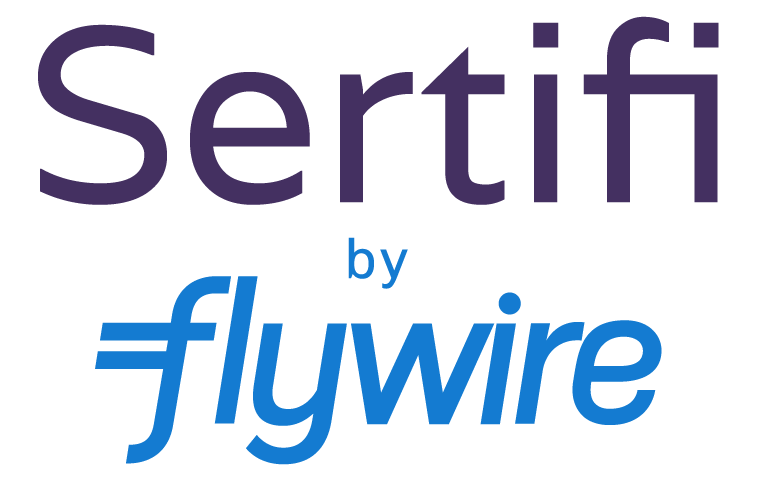Is Social Media Teaching Fraud Habits?
Recently, a colleague of mine shared a video discussing the increase in friendly fraud. Quick refresh: friendly fraud is when a consumer makes a purchase and then disputes the charge with their card issuer, claiming the purchase was unauthorized when it really was.
The story spoke of friendly fraud as if it was a positive: consumer doesn’t recognize a charge; consumer gets frustrated that they can’t get ahold of the merchant or get the resolution they want from the merchant; consumer goes to their card issuer instead; card issuer saves the day with a speedy refund.
Obviously, for merchants, this cycle is hugely problematic – and in the height of influencer culture, it’s only getting worse. People are actually spreading the word and (unknowingly) encouraging others to commit friendly fraud because they know it works.
According to the video, in 2023 alone, $11 billion was paid out in chargebacks, up by 50% pre-pandemic and expected to rise 40% by 2026.
Unfortunately, it’s impossible to stop friendly fraud entirely, but there are some tactics merchants can implement to reduce their risk. Ultimately, the goal is to build evidence that the charge being disputed was one the cardholder was aware of. The good news is a solution like Sertifi makes implementing these best practices easy.
✅ Terms & Conditions
Have clear terms, conditions, and policies. More importantly, make consumers sign off on them before they’re able to complete a purchase. In Sertifi, this can be as simple as a link to documentation and acknowledgement checkbox in your forms.
✅ Signature Documents
Tie the payment to a signature document, such an event contract, as evidence the cardholder understood and signed off on the transaction. Sertifi makes it easy to send combined signature and payment requests.
✅ Paper Trail
Keep a record of communications (Sertifi tracks all portal activity for you). Whenever a purchase is made, make sure to send a receipt. When using Sertifi’s online payment forms, your portal will automatically send receipts to all parties upon payment completion.
✅ Verifications
Implement verification methods, such as address verification systems (AVS) and card verification value (CVV) checks, in the checkout process. These are automatically turned on for Sertifi payment forms.
✅ 3-D Secure
Implement 3-D Secure (3DS) as another layer of security, available via Sertifi, which maintains a seamless payment experience by requiring additional verification only for high-risk transactions. Enabling 3DS demonstrates your commitment to protecting customers from fraud while shifting fraud liability from you as the merchant to the cardholder and issuing bank, allowing you to retain funds even in the event of a fraud-related chargeback.
✅ Clear Billing Descriptors
Make sure your business name is part of the billing descriptor, which appears on your customers’ bank statements. When customers can easily identify transactions on their statements, they’re less likely to suspect fraud and file chargebacks.
✅ Refunds & Other Remedies
Make it easy for cardholders to contact you when an issue arises. You want to stay in control of remedying the situation. Even if you’re not willing to offer a refund, there are other compensations, such as a gift card for a future stay, you can offer.
RECOMMENDED BLOG POST
Top 13 Best Practices to Reduce Hotel Chargeback Disputes
According to Cybersource, a Visa company, merchants estimate they spend (USD) $35 to manage friendly fraud for every $100 they face in disputes. Chargebacks can also stem from both fraudsters and guests, further increasing your risk. To help you combat fraud, we've compiled our top best practices to reduce chargebacks and win disputes.

